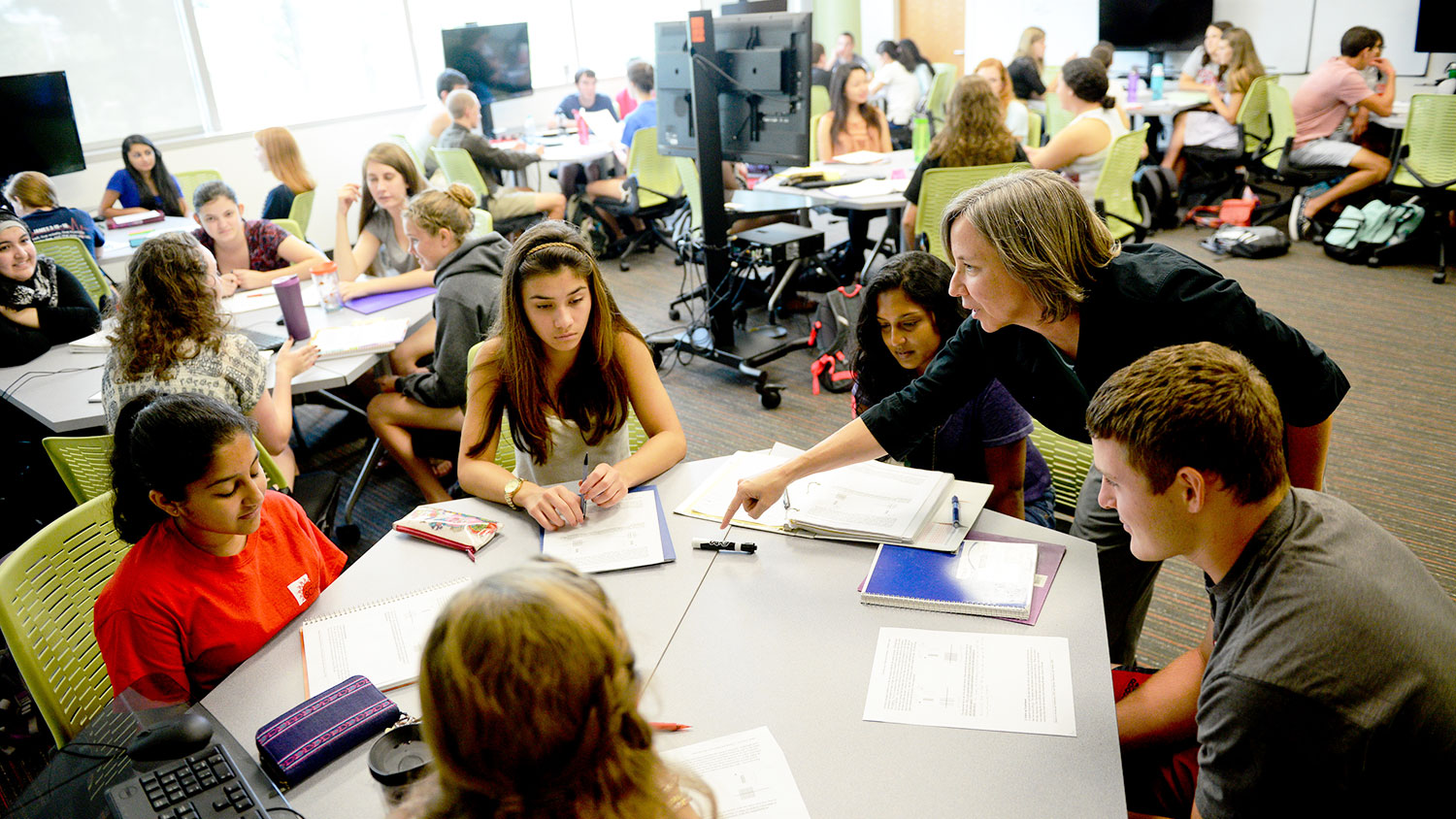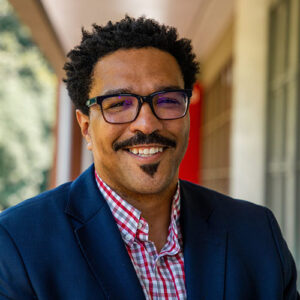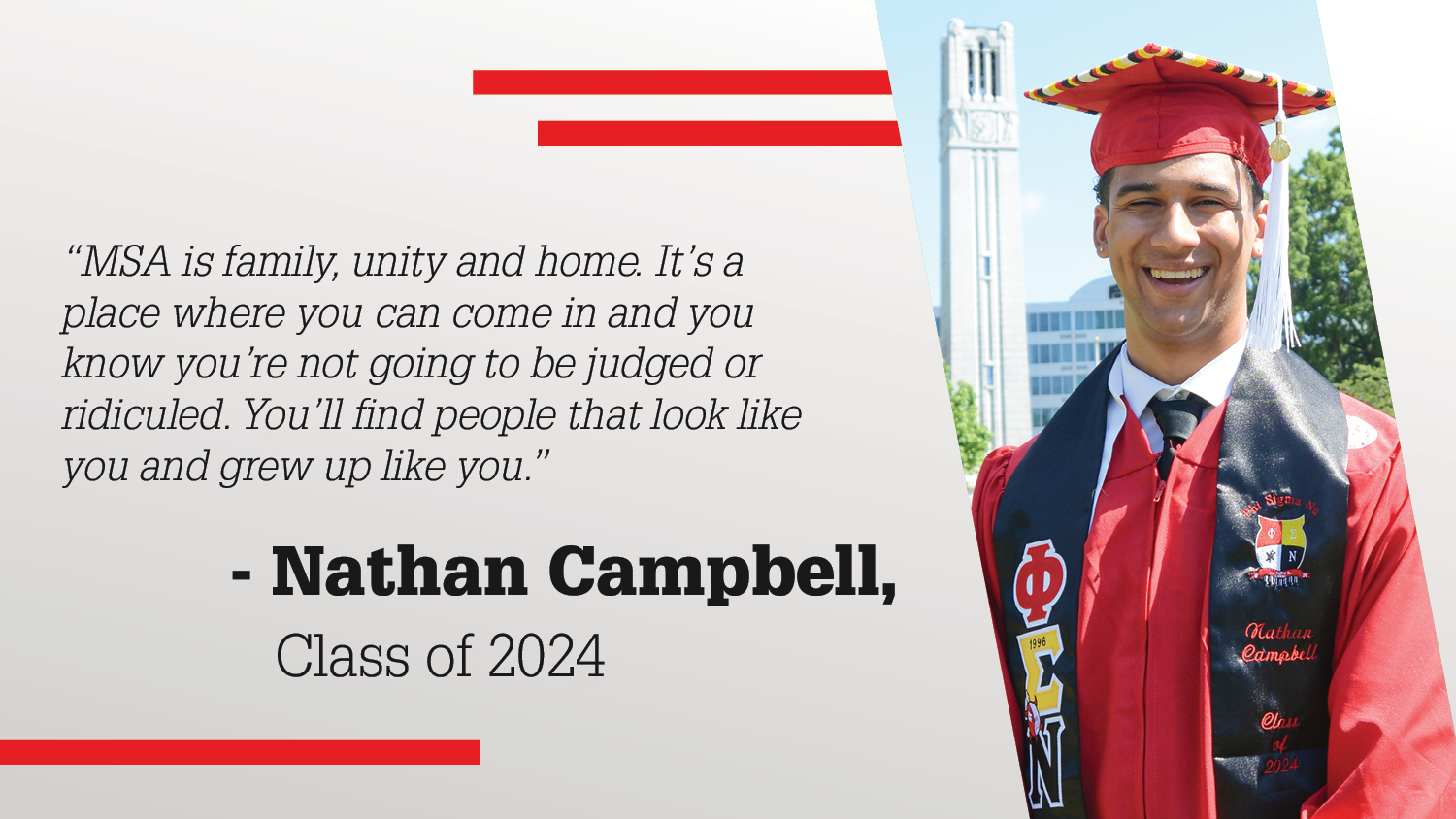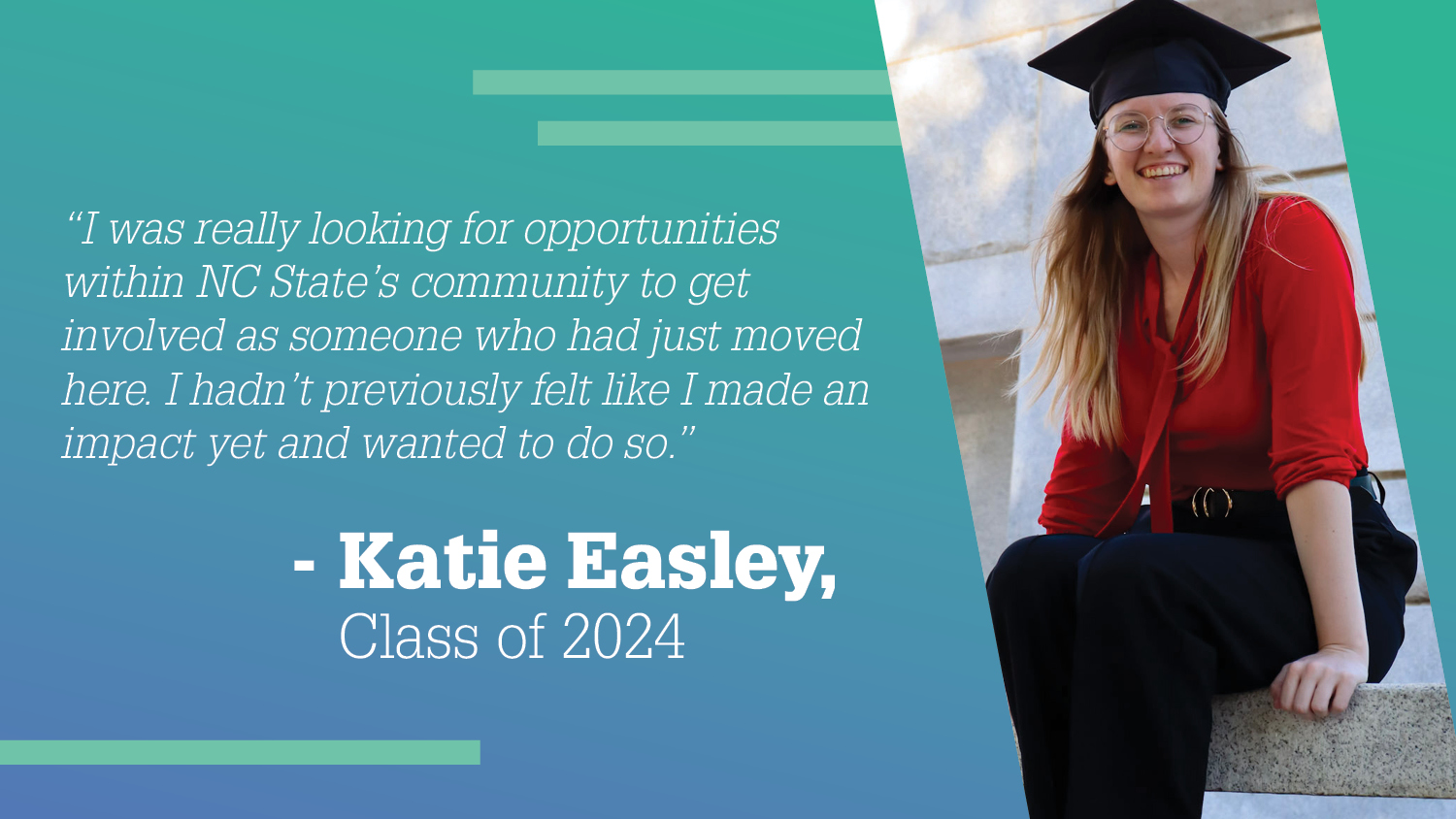Students Moving Forward Begins Fourth Year

The 2020-2021 academic year will mark the fourth year of the Students Moving Forward (SMF) program in the Career Development Center at NC State University. SMF is a career-focused program dedicated to helping students on the autism spectrum obtain and successfully navigate paid, degree-related work experiences. Since its inception, SMF has worked with over 30 students through small-group workshops, launched a career fair serving students on the autism spectrum throughout North Carolina, and has directly helped over 20 students secure paid, degree-related internships and full-time work experiences. The philosophy of SMF is rooted in neurodiversity, which centers the normalization of the varied differences found within the human brain (Jaarsma & Welin, 2012). In addition, the philosophy of SMF is aligned with the autistic community and therefore uses identity-first language when discussing people who are autistic to affirm their identity and strengths versus person-first language which is largely associated with the medical model perspective and often viewed as a way to pathologize members of this community (Kenny et al., 2016; see also Abel, Machin, & Brownlow, 2019; Brown, 2011; Bury, Jellett, Spoor, & Hedley, 2020; Vivanti, 2020).

Due to improvements in autism awareness and greater accessibility to autism-specific resources, the diagnosis rates for autism have increased as well as the number of students on the autism spectrum entering colleges and universities across the US (Lord, et al., 2020; see also Cox et al., 2017; Nevison, Blaxill, & Zahorodny, 2018). It is estimated that approximately .7% to 1.9% of college students throughout the US meet DSM-5 criteria for autism (White, Ollendick, & Bray, 2011). When a university or organization embraces neurodiversity, a decision has been made to intentionally remove barriers favoring neurotypicals in areas such as hiring, collaborating, teaching, developing, and promoting. However, when students on the autism spectrum in the U.S. graduate from college, they experience markedly high rates of unemployment and underemployment with estimates being at 45% or higher (Baldwin, Costley, & Warren, 2014), and, ironically, research also indicates one of the best predictors of success for students on the autism spectrum is paid, degree-related work experience (Walsh, Lydon, & Healy, 2014). While neurodiversity is critical, it is still a relatively new concept for most organizations; our students cannot afford to sit and wait for these organizations to catch up. Our students need change now, and through SMF, NC State’s Career Development Center is leading the way.
SMF seeks to remove the systemic neurotypical barriers to full-time degree-related employment by working with our students and our campus employers. Each semester, students in SMF attend five meetings where topics such as resumes, cover letters, job searching, interviewing, thriving in the workplace, and more are covered. We facilitate networking opportunities between students and employers through mock interviews, panel discussions and collaborative events; we incorporate strengths-based workshops and assessments to help students better identify and communicate their strengths; and we provide professional mentorship from local professionals who identify as autistic who also hold roles on the SMF professional advisory committee. Students have found SMF to be helpful, describing the program as “necessary to decode the hiring process” and “a great way to practice job search skills without judgement.”
In addition to the regular SMF meetings, in October of 2019, we hosted the first Autistic Career Summit which was open to college students on the autism spectrum throughout North Carolina regardless if they had a diagnosis or not. Students participated in a keynote talk, a panel featuring local autistic professionals and a career fair with 11 organizations including SAS, Blue Cross Blue Shield, Bank of America, Credit Suisse, GSK, Dude Solutions, Allscripts, The State of North Carolina, the North Carolina Business Committee for Education, UNC TEACCH Autism and the North Carolina Autism Society. SAS was our corporate sponsor and has been a valuable partner in supporting the development of SMF. In total, there were 67 students from 17 different institutions in attendance, with the general attendance exceeding 110. Due to the overwhelming success of the career summit, this has become an annual signature event that is also serving as a place for the universities and colleges of North Carolina to collaborate and share resources.
It is easy to read about SMF and only view it as a program that helps students on the autism spectrum get jobs, and, on the surface, that is exactly what the program does. However, the reality of SMF is that it provides students with a place where they can be themselves and learn from professionals who identify as autistic adults who have lived through similar experiences. Through these connections, a community is formed, and through this community there is newfound confidence. When our students are confident in being their authentic selves, overcoming systemic neurotypical barriers in attaining degree-related employment becomes less overwhelming. The strongest lesson we have learned from three years of SMF is that students on the autism spectrum are not “missing out” on opportunities presented by campus employers. Our students are qualified and well-prepared to work the jobs they apply for with diligence and clarity. The real message is that campus employers are missing out on our students on the autism spectrum, but, fortunately, SMF is here to help.
Wesley Wade is a career counselor in NC State’s Career Development Center, a doctoral student in NC State’s Counseling and Counselor Education program in the College of Education and the 2020 recipient of NC State’s Chancellor’s Creating Community Award for Outstanding Staff Member for exceptional efforts and contributions in the areas of equity, diversity and inclusion.
References
Abel, S., Machin, T., & Brownlow, C. (2019). Support, socialise and advocate: An exploration of the stated purposes of facebook autism groups. Research in Autism Spectrum Disorders, 61, 10-21. doi:10.1016/j.rasd.2019.01.009
Baldwin, S., Costley, D., & Warren, A. (2014). Employment activities and experiences of adults with high-functioning autism and asperger’s disorder. Journal of Autism and Developmental Disorders, 44(10), 2440-2449. doi:10.1007/s10803-014-2112-z
Brown, L. X. (2011, ). The significance of semantics: Person-first language: Why it matters. www.autistichoya.com/2011/08/significance-of-semantics-person-first.html
Bury, S. M., Jellett, R., Spoor, J. R., & Hedley, D. (2020). “It defines who I am” or “it’s something I have”: What language do australian adults prefer? Journal of Autism and Developmental Disorders, doi:10.1007/s10803-020-04425-3
Cox, B. E., Thompson, K., Anderson, A., Mintz, A., Locks, T., Morgan, L., . . . Wolz, A. (2017). College experiences for students with autism spectrum disorder: Personal identity, public disclosure, and institutional support. Journal of College Student Development, 58(1), 71-87. doi:10.1353/csd.2017.0004
Jaarsma, P., & Welin, S. (2012). Autism as a natural human variation: Reflections on the claims of the neurodiversity movement. Health Care Analysis, 20(1), 20-30. doi:10.1007/s10728-011-0169-9
Kenny, L., Hattersley, C., Molins, B., Buckley, C., Povey, C., & Pellicano, E. (2016). Which terms should be used to describe autism? perspectives from the UK autism community. Autism, 20(4), 442-462. doi:10.1177/1362361315588200
Lord, C., Brugha, T., Charman, T., Cusack, J., Dumas, G., Frazier, T., Jones, E. ., Jones, R., Pickles, A., State, M., Taylor, J., & Veenstra-VanderWeele, J. (2020). Autism spectrum disorder. Nature Reviews Disease Primers, 1-23. www.nature.com/articles/s41572-019-0138-4
Nevison, C., Blaxill, M., & Zahorodny, W. (2018). California autism prevalence trends from 1931 to 2014 and comparison to national ASD data from IDEA and ADDM. Journal of Autism and Developmental Disorders, 48(12), 4103-4117. doi:10.1007/s10803-018-3670-2
Vivanti, G. (2020). Ask the editor: What is the most appropriate way to talk about individuals with a diagnosis of autism? Journal of Autism and Developmental Disorders, 50(2), 691-693. doi:10.1007/s10803-019-04280-x
Walsh, L., Lydon, S., & Healy, O. (2014). Employment and vocational skills among individuals with autism spectrum disorder: Predictors, impact, and interventions. Review Journal of Autism and Developmental Disorders, 1(4), 266-275. doi:10.1007/s40489-014-0024-7
White, S. W., Ollendick, T. H., & Bray, B. C. (2011). College students on the autism spectrum. Autism, 15(6), 683-701. doi:10.1177/1362361310393363
- Categories:


